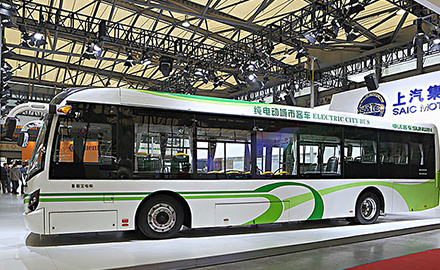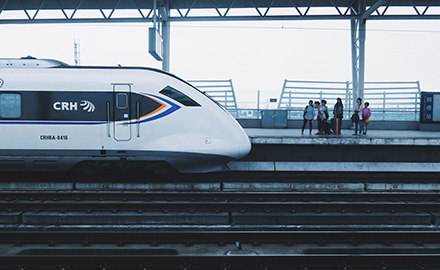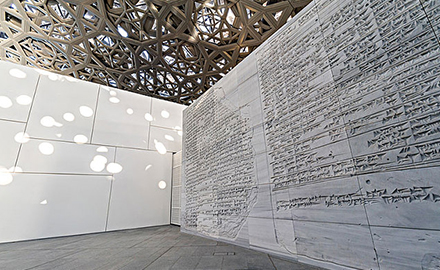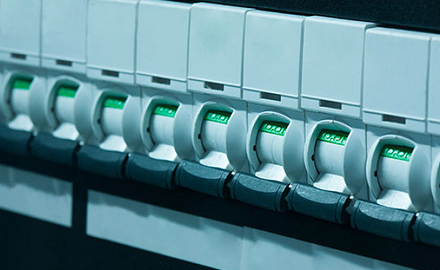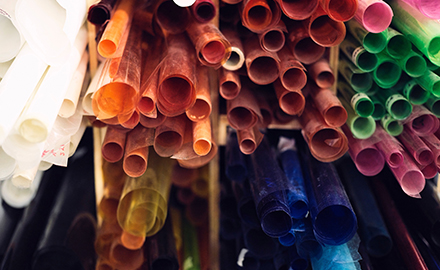In the era of modern construction, builders and architects are constantly on the lookout for innovative materials that can enhance both the aesthetic appeal and functionality of buildings. One such material that has gained immense popularity in recent years is GRP tiles. GRP, or Glass Reinforced Plastic, tiles offer a wide range of advantages over traditional building materials, making them the go-to choice for many construction projects. In this blog, we will delve deeper into the benefits of GRP tiles and their contribution to enhancing functionality in building materials.
What are GRP Tiles?
GRP tiles are manufactured using a combination of glass fibers and plastic resin, making them extremely durable and lightweight. These tiles are highly resistant to corrosion, weathering, and chemical exposure, making them ideal for both indoor and outdoor applications. With their ability to imitate the look of natural materials like wood, stone, or clay, GRP tiles provide a versatile solution for architects and builders looking to create unique and visually appealing structures.
Durability and Longevity
One of the key advantages of GRP tiles is their exceptional durability. Unlike traditional materials such as wood or clay, GRP tiles do not rot, warp, or crack. This makes them a long-lasting alternative that can withstand harsh weather conditions and extreme temperatures. Additionally, their resistance to chemicals ensures that they remain unaffected by environmental factors, making them suitable for a wide range of applications, including roofs, walls, and flooring.
Safety and Maintenance
Another notable aspect of GRP tiles is their superior safety features. These tiles are fire-resistant, preventing the spread of flames and reducing risks in case of a fire. Moreover, unlike metal or concrete tiles, GRP tiles do not conduct electricity, making them a safer option for electrical installations. Additionally, GRP tiles are low-maintenance, requiring minimal cleaning and upkeep. Unlike traditional materials that may need regular painting or sealing, GRP tiles retain their color and finish over time, reducing maintenance costs and efforts.
Eco-Friendly Solution
In recent years, there has been a growing emphasis on sustainability and eco-friendly construction practices. GRP tiles fit perfectly into this narrative as they are manufactured using recyclable materials. The production of GRP tiles produces minimal waste, making them an environmentally friendly choice for builders and architects. Due to their longevity and resistance to wear and tear, the need for frequent replacements is greatly reduced, further minimizing environmental impact.
In conclusion, GRP tiles have revolutionized the construction industry by enhancing functionality in building materials. From their exceptional durability and long-lasting nature to the safety features and minimal maintenance they offer, GRP tiles have become an integral part of modern building projects. They provide architects with a versatile material that can imitate the look of natural materials while providing added advantages. Furthermore, their eco-friendly properties contribute to sustainable construction practices. As the demand for innovative and efficient building materials continues to rise, it is clear that GRP tiles will remain at the forefront of construction innovation.


 English
English 日本語
日本語 français
français Deutsch
Deutsch Español
Español italiano
italiano русский
русский العربية
العربية tiếng việt
tiếng việt Polska
Polska română
română






